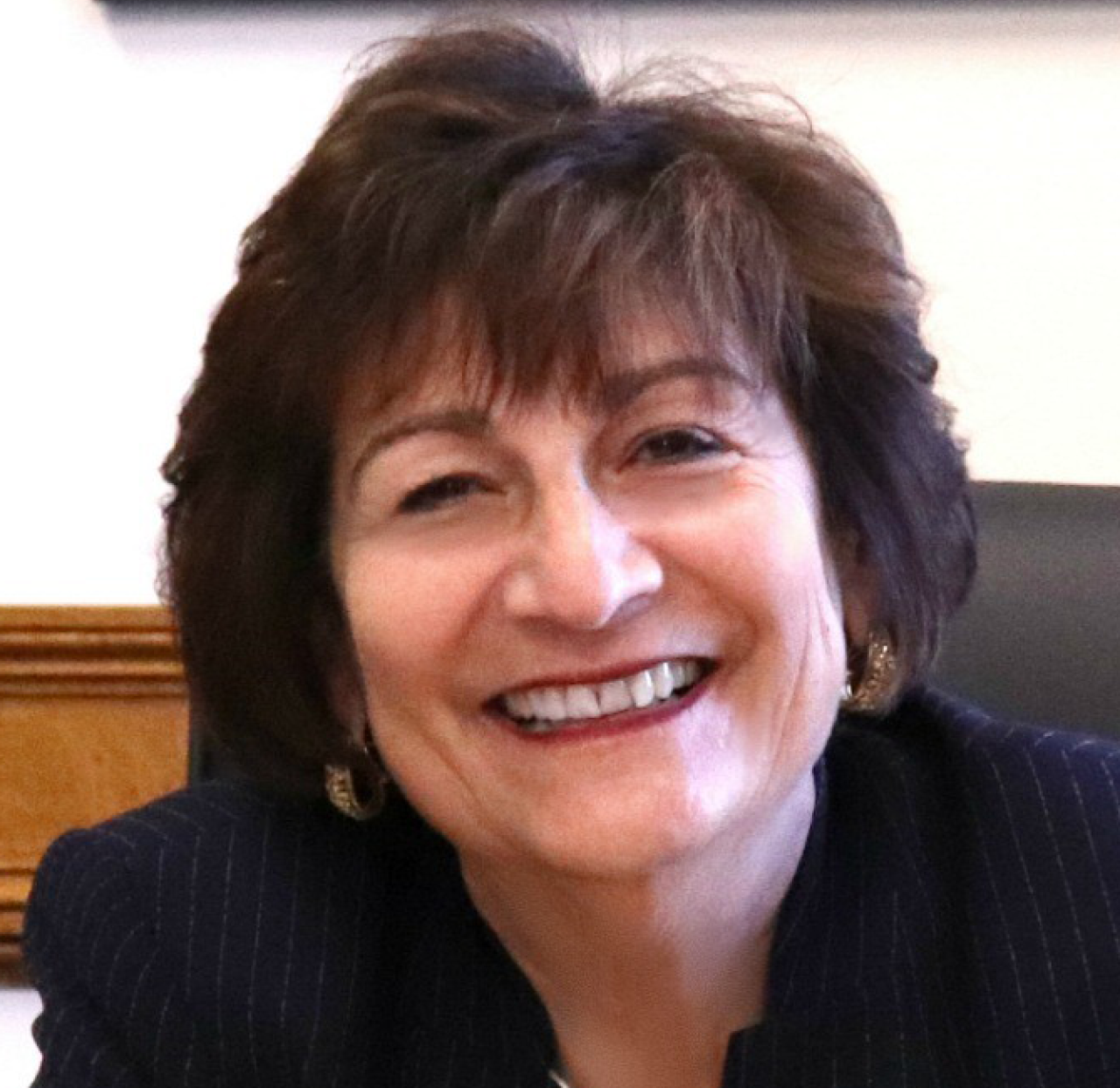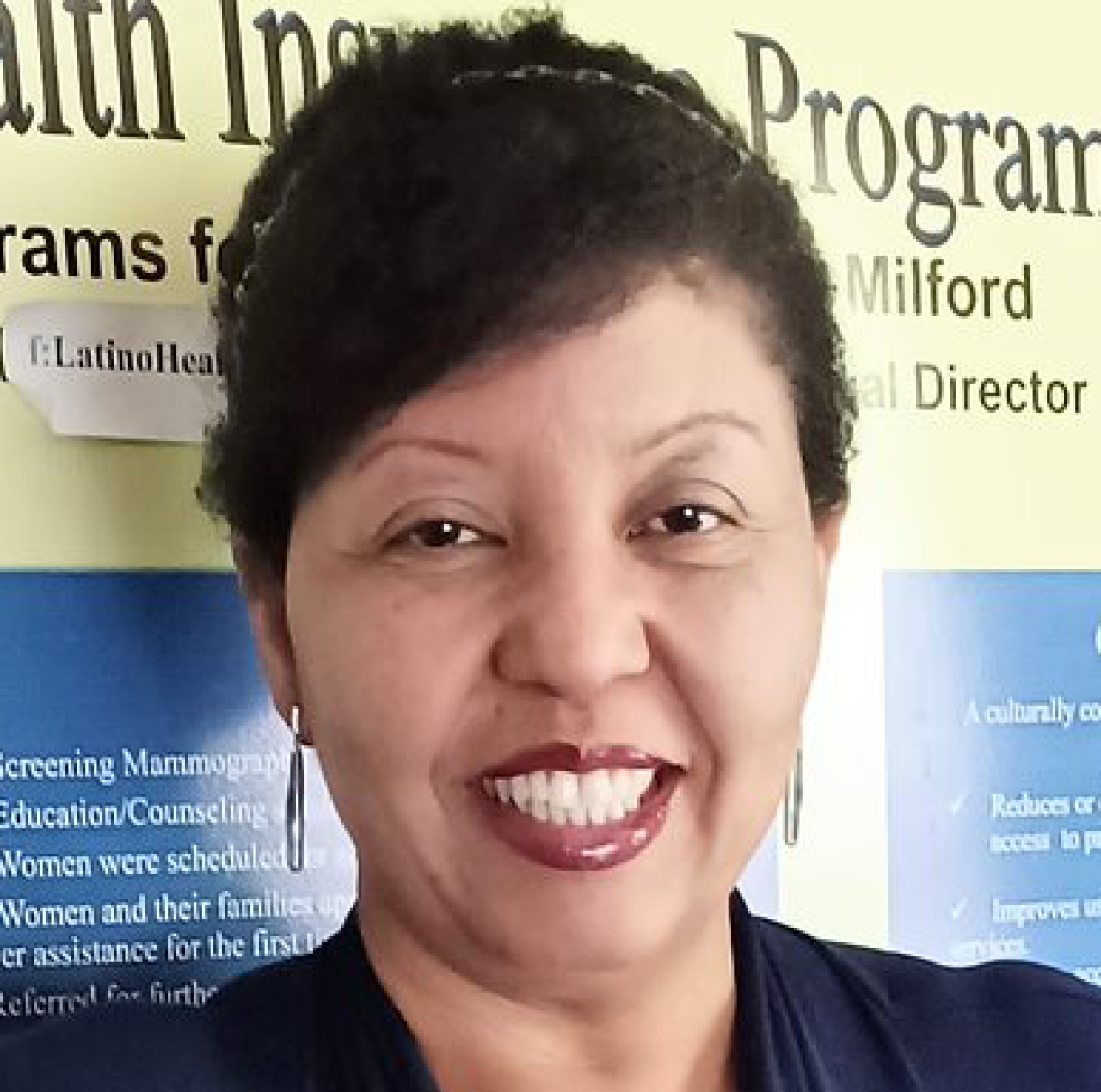Leaders discuss ways to address structural inequities that pose a risk to safety
Health disparities based on race, ethnicity, disability, gender, sexual orientation and more are often the result of inequities inherent in long-standing organizational policies, procedures and norms. Patient Safety Beat talked with four experts from Massachusetts who offer thoughts on how to address these structural biases, improve outcomes and, in the end, advance safety for all.
What actions do you suggest leaders and organizations take to address structural inequities in health care safety?

Speaking and hearing the truth can lead to monumental change
“The risk-taking doesn't happen without the leader of the meeting giving everyone permission to speak up. Someone — a leader — needs to send a signal that breaks the ice and makes it okay to say what you have on your mind and to be present within the context of your culture and your ethnicity.”
— Deborah Washington, R.N., Ph.D.
Massachusetts General Hospital

Inequities in care happen daily and impact staff as well as patients and families
“How can we claim to care about high-quality and safe care when those terms only apply to some of us - usually those with advantages - and not all of us, especially those that need care the most?”
— Karthik Sivashanker, M.D., M.P.H.
American Medical Association

Patients represent the pulse of the community and offer insight for future change
“Always keep in mind that this is not a one-and-done endeavor. You have to continue to monitor to reach the goal you are striving for, which is to reduce inequities in health care.”
— Matilde Castiel, M.D.
Health & Human Services
City of Worcester

Engage with members of all communities to improve safety and health outcomes for all
“No one benefits from inequitable outcomes. When we have healthy communities, with citizens who participate in their own health and understand clinical care, we will have better outcomes for all.”
— Milagros Abreu, M.D., M.P.H.
The Latino Health Insurance Program, Inc.